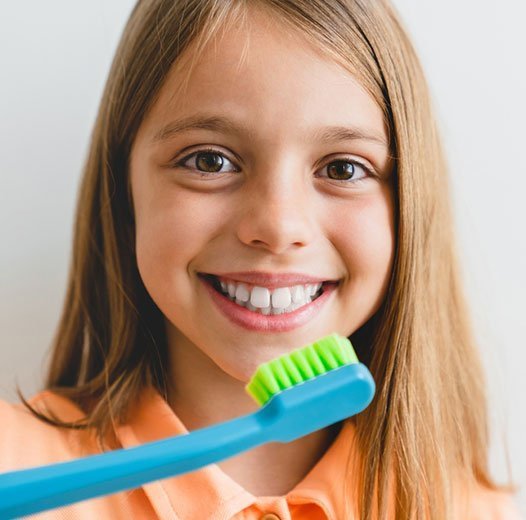Caring For Teeth
The most common chronic childhood disease in America is tooth decay that plagues 50% of first-graders and 80% of 17-year-olds. The National Institute of Dental & Craniofacial Research estimates that children will miss 52 million hours of school each year due to oral health problems and about 12.5 million days of restricted activity every year from dental symptoms.
Children with dental caries may:
- Experience pain
- Have trouble speaking and eating
- Have trouble focusing and learning in school
- Miss more school hours and receive lower grades
- Experience a higher rate of cavities in their permanent teeth
It is the responsibility of the parents to ensure the practice of good dental hygiene, and it is imperative that proper oral care is taught and encouraged as early as infancy. We are here to help families get off to a great start for a lifetime of healthy smiles!



